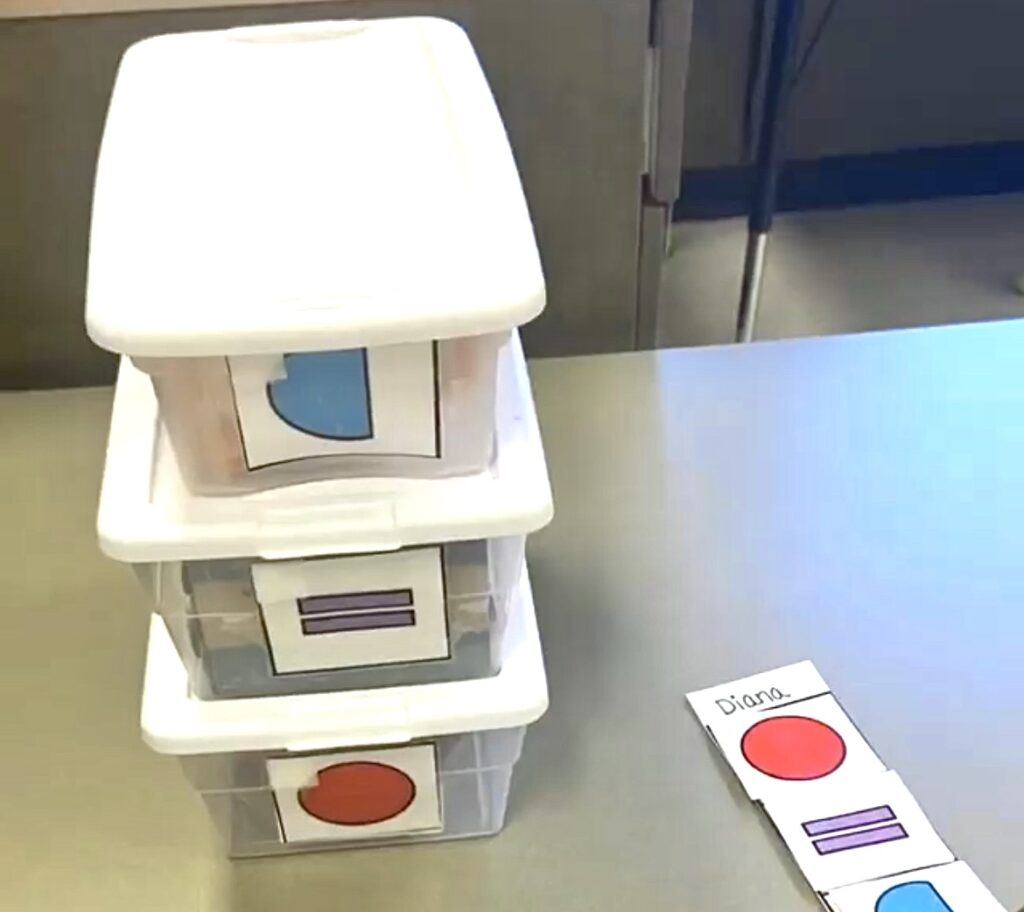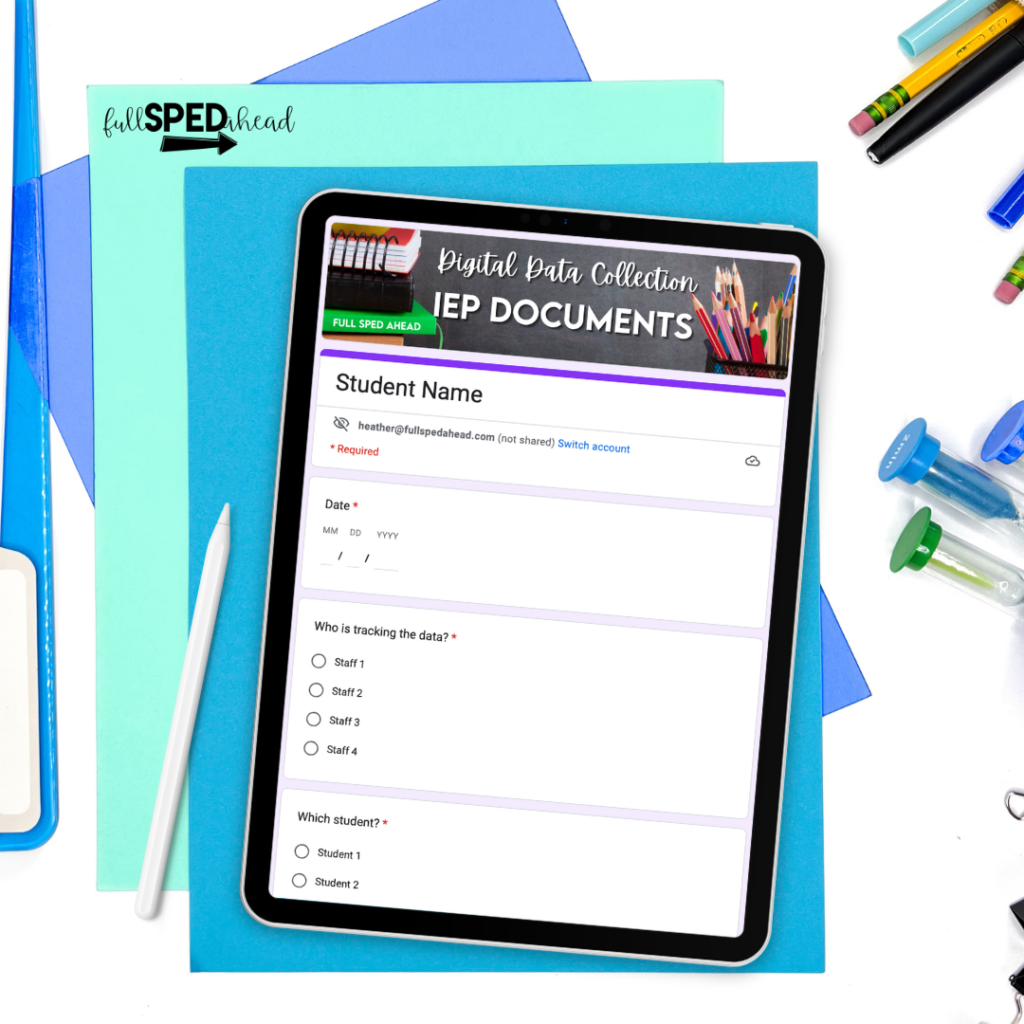Maybe you realized during quarter 1 (or quarter 2) that you have not taken enough data points for your students’ IEP goals. You may be looking for new ways to ensure data tracking is happening daily!
Teachers face the challenge of providing personalized instruction while ensuring that students make consistent progress toward their IEP goals. One effective approach is the use of student centers and rotations, which not only engage students in meaningful learning but also offer a structured framework for tracking IEP goals and collecting data on a weekly basis.
The first step in effectively using student centers and rotations for IEP goal tracking is to have well-defined IEP goals. These goals should be specific, measurable, achievable, relevant, and time-bound (SMART). For example, if a student has an IEP goal related to reading comprehension, it should specify the expected level of comprehension, the measurement criteria, and a clear timeframe for achieving it.
Once you have clear IEP goals, design learning centers that align with these objectives. Each center should focus on a specific aspect of the goal, making it easier for students to work toward achieving it. For instance, if an IEP goal is related to reading fluency, centers might include a fluency station where students practice reading passages, a vocabulary station to enhance word recognition, and a comprehension station to build understanding.

To track progress on IEP goals during student centers and rotations, establish a system for data collection. Special education teachers can use a variety of tools, depending on the nature of the goals and student needs. Some common methods include:
Looking to make rubrics and checklists? Try Magic School AI
Implement a rotational schedule that allows students to progress through each learning center regularly. Depending on your classroom’s structure, these rotations can occur daily, weekly, or as often as needed to meet the IEP goals. Students can rotate individually, in pairs, or in small groups, depending on the goals and the level of support required.

As students engage in the learning centers, teachers or paraprofessionals should be present to collect data related to the IEP goals. This data can include observations, work samples, scores from assessments, or other relevant information.
After a week of rotations, dedicate time to analyze the collected data. This process will help you understand how students are progressing toward their IEP goals. If a student is consistently struggling with a specific center or skill, it’s an indication that adjustments may be needed in the teaching approach or the choice of materials and resources.
Share Goals with Related Service Members
Using Google Forms for IEP Goals
Have Students Track Their Own Data
Prepare for Progress Monitoring
Using student centers and rotations as a strategy for tracking IEP goals on a weekly basis can greatly benefit both special education teachers and their students. It offers a structured and dynamic learning environment, ensuring that students receive the personalized support they need. By establishing clear IEP goals, aligning learning centers, implementing data collection tools, creating a rotational schedule, engaging in data collection, and analyzing results, teachers can effectively monitor progress and tailor instruction to maximize student growth. In the world of special education, student centers and rotations provide a pathway to achieving IEP goals while fostering a dynamic and engaging learning experience.
What are you looking for?

COPYRIGHT © 2024 Full SPED Ahead